| |
|
The Dalai Lama’s Next Reincarnation |
|
The Chinese Government Wants to
Decide!!! |
| The Chinese Government - Has said the Dalai Lama must
reincarnate into someone that has their endorsement. The remarks were
made during the Dalai Lama’s controversial visit to Tawang, an Indian
border town of great spiritual and political significance to the
religious leader. |
|
Non-Religious Chinese Government
Creates Regulations to Govern Reincarnation
The Kashmir Reader - Reports that China is
claiming they must play a role in the reincarnation process of the Dalai
Lama and all leaders of Tibetan Buddhism.
“The government of the People's Republic of China has proclaimed the
power to approve the naming of "High" reincarnations in Tibet,”
said Wang Dehua, co-director for South Asia Studies at Tongji
University. “The central government will definitely support the Dalai
Lama's successor if he or she is selected according to Chinese laws and
historical rules.”
The Dalai Lama hit back at the statements saying: “They say the next
Dalai Lama or an even higher Lama... the China government will find the
next one. That is nonsense. Let the China government first say they
believe in rebirth and find the reincarnation of Mao Zedong.” |
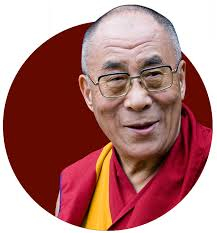 |
The Chinese State Administration for Religious Affairs - Set
out a series of regulations to ‘govern’ the reincarnation system in
2007.
According to the Central Tibetan Administration (CTA) - The move
is based on China’s assessment that it cannot maintain control over
Tibet without the legitimizing influence of Dalai Lama over the Tibetan
people. By asserting that they will decide into whom the Dalai Lama will
reincarnate, China is claiming this spiritual resource of Tibet and
turning it into a highly potent political tool.
“The Party wants to wait for the passing away of the 14th Dalai Lama and
then select a pliant successor to continue its rule in Tibet,” says a
report from the CTA. |
|
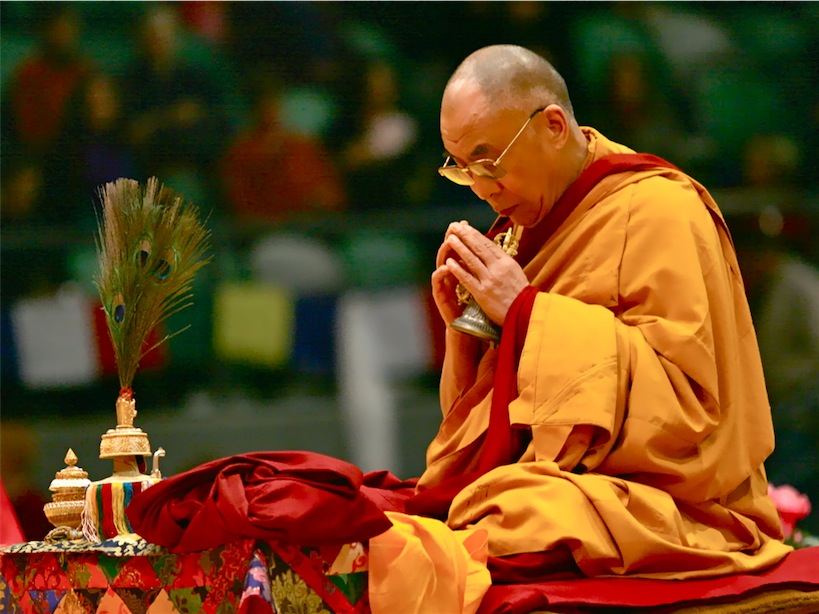 |
| In 2014 - The Dalai Lama announced that he may choose not to
reincarnate inside Tibet if it is not free, and that no one has the
right to choose his successor for political ends. The Dalai Lama
- Is trying to avoid a situation where China controls his successor. The
Chinese want a Dalai Lama, but they want their own Dalai Lama. They
think they could use someone under their control… to manipulate the
Tibetans. |
| Tibetan Buddhist Belief - The current Dalai Lama is a
reincarnation of a past lama who decided to be reborn again to continue
his important work, instead of moving on from the wheel of life. A
person who decides to be continually reborn is known as 'Tulku'.
Buddhists believe that the first Tulku in this reincarnation was Gedun
Drub, who lived from 1391-1474 and the second was Gendun Gyatso.
Title 'Dalai Lama' Means - "Ocean of Wisdom" - And was not
conferred until the third reincarnation in the form of Sonam Gyatso in
1578.
Since the 17th century until 1950, the Dalai Lama also controlled the
Tibetan government. The 14th and current Dalai Lama remained the head of
state for the Central Tibetan Administration, made up of Tibetans in
exile, until formally resigning from the role in March of 2011.
The process of identifying a reincarnated Dalai Lama is steeped in
centuries of tradition and can take many years. After the death of a
Dalai Lama it has traditionally been the responsibility of the High
Lamas of the Gelugpa Tradition and the Tibetan government to find his
reincarnation. |
|
 |
|
Potala Palace - Dalai Lama's Residence until 1959 |
| China has ruled Tibet since Communist troops invaded in 1950. The
Dalai Lama fled into exile in India in 1959 after an abortive uprising
against Chinese rule. China has long viewed the Dalai Lama as a thorn in
their side, calling him a “Wolf in Monk’s Clothing”, so it is a curious
twist in which they insist he must return in another incarnation. |
|
Dalai Lama (Age 3) |
Dalai Lama entering India - Tawang in Arunachal
Pradesh (March 30th, 1959) |
| The Dalai Lama’s recent visit to Tawang caused fury among Chinese
officials, particularly after India refused to give in to their demands
to abort the visit. The Tibetan town of Tawang was the Dalai Lama’s
first stop after fleeing Lhasa in 1959. It was also home to the 6th
Dalai Lama, and Tibetans are hoping that it will be the birthplace of
the 15th Dalai Lama, as it would be outside China’s control. Exiles
and Tibetan rights groups accuse China of failing to respect these
unique religious and cultural customs, instead seeking to control and
suppress the rights of the Tibetan people. |
|
China Abducted the Chosen Panchen
Lama
The High Lamas search for a boy who was born around the
same time as the death of the Dalai Lama. The lamas may dream or have a
vision about a location that will help to identify the boy.
Once they believe they have located the correct home,
they present the child with a number of items, which include several
items that belonged to the previous Dalai Lama. If the boy chooses the
items that belonged to the previous Dalai Lama, this is seen as a sign
that he is the Tulku.
Tibet’s religious traditions have increasingly come under the tight
control of the Chinese government. In 1995, after the Dalai Lama named a
boy in Tibet as the reincarnation of the previous Panchen Lama, the
second highest figure in Tibetan Buddhism, China put that boy under
house arrest and installed another in his place. |
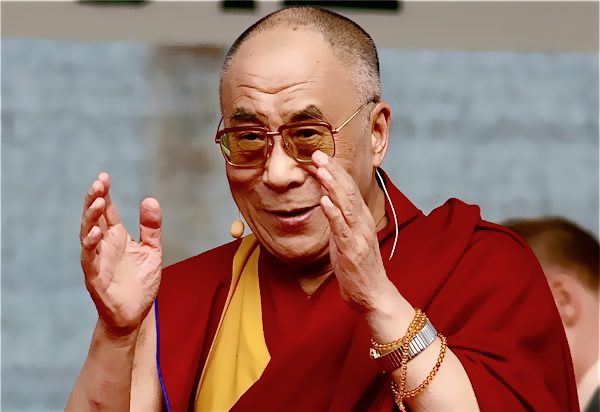 |
| Currently, this so-called 'Soul Boy' designated by Dalai Lama
is receiving education, living normally and growing healthily. "He does
not want to be disturbed by anyone," he said. |
|
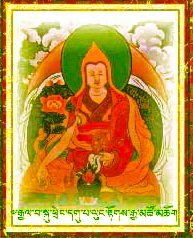 |
 |
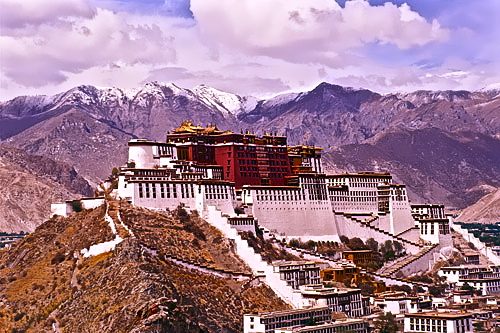 |
Few buildings inspire awe in quite the way that the Potala Palace
does. Set high on the great Tibetan plateau, against the looming
backdrop of the Himalayas, the vast structure rises 400 feet from a
mountain in the middle of Lhasa, taking the uppermost apartments on its
thirteenth floor to 12,500 feet above sea level. The palace is at once
architecturally striking and historically significant. Until the Chinese
occupation of 1951, it was also the winter home of the 14th Dalai Lama,
believed to be the reincarnation of a long line of religious leaders
dating back to the late fourteenth century.
For Buddhists, the Potala is a holy spot, but even for visitors to the
Tibetan capital it is hardly the sort of place one would expect to find
steeped in intrigue and corruption. Yet during the first half of the
19th century, the palace was the scene of a grim battle for political
supremacy fought among monks, Tibetan nobles and Chinese governors. |
| Most historians of the country, and many Tibetans, believe that the
most prominent victims of this struggle were four successive Dalai
Lamas, the ninth through the twelfth, all of whom died in unusual
circumstances, and not one of whom lived past the age of 21. |
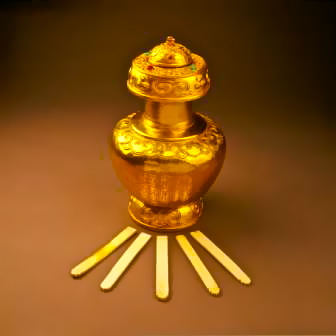
The Golden Urn, supplied to Tibet by China's Manchu
emperor, was to be used to select a Dalai Lama by lot when more than one
possible candidate was discovered. Accounts differ as to how it was
used; one version is that the ivory lots pictured were placed within it,
and the urn was spun until one flew out. Since the introduction of the
urn in 1792, Tibetans have gone to great lengths to avoid its use,
fearing that the process will be manipulated to produce the candidate
desired by China. |
The palace itself makes an evocative setting for a murder mystery.
To begin with, it was ancient; construction on the site had begun as
early as 647, in the days of Tibet’s greatest early ruler, Songtsän
Gampo, and just as the medieval Tibetan Empire began to emerge as a
genuine rival to Tang dynasty China. The structure that we know today
mostly dates to a thousand years later, but the Potala belongs to no one
period, and the complex was still being expanded in the 1930s. It’s
really two palaces: the White, which was the seat of government until
1950, and the Red, which houses the stupas—tombs—of eight Dalai Lamas.
Between them, the two buildings contain a thousand rooms, 200,000
statues and endless labyrinthine corridors, enough to conceal whole
armies of assassins. |
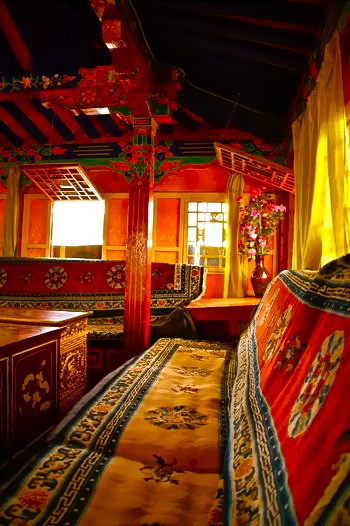 |
 |

Excerpt - The Enchanted Dagger...
"The ritual weapons - called phurba -
generally used by lamaist magicians are made of bronze, wood, or even
ivory, shaped to resemble a dagger and often beautifully chiselled or
carved. A true initiate in the Tibetan secret lore, however, would scoff
at the sorcerer and his repugnant practices. The power of the magic
weapon does not, he thinks, depend on the substance of which it is made
but is communicated to it by the magician himself.
Yet, as time goes on, a certain portion of this
energy remains attached to the phurba. Its strength increases with the
repeated use which is made of it in magic rites. The inert object
becomes possessed just as the animated being could be.
On the other hand, it is said that the ritual implements which have
served in coercion rites should not be kept in the house of a layman or
of an uninitiated monk, for fear that the dangerous entities subdued by
their means might use them to take revenge upon the possessor, if he
does not know how to protect himself. |
 |
Book Review
A Frenchwoman on the Roads of Tibet
Alexandra David-Neel is known as the author of several
popular books about esoteric subjects, the best known of which is “Magic
and Mystery in Tibet” (1931). In her book “Magic and Mystery in Tibet”,
David-Neel describes many astonishing phenomena associated with magical
and spiritual practices of the Tibetans.In the words of the Dalai-lama XIV, Alexandra David-Neel was “the
first person who introduced Tibet to the Westerners", and who
“communicated the genuine aroma of Tibet exactly as she felt it”. |
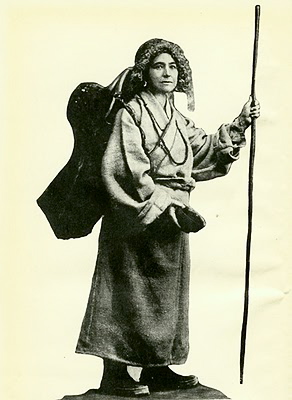 |
She successfully completed her journey to Lhasa, full of hardships, on
foot, with a pack over her shoulder. There, as the first Western woman,
she was admitted by the Dalai-lama. Alexandra David-Neel spent about 12
years in Tibet. Tibetan lamas taught her tantric rituals, and she was
able to develop her talent for magic as well.
David-Neel received the Tibetan equivalent of the degree of Doctor of
Philosophy in the study of Buddhism. Beside that, she was also presented
with the honored robe of a lama, which was an extreme rarity for
somebody from the West, and especially for a woman. David-Neel was not
just accepted in the highest caste of Tibetan red Hat mystic sect; in
the West she was admitted to the ranks of scholars of world-wide renown.
She was awarded the Gold Medal of the Belgian Royal Society, and with
the title of Commander of the Honorary legion.
Quote: A. David-Neel
“Psychic research may be guided by the same spirit as any scientific
study. The discoveries which can be made in that field have nothing
supernatural, nothing which may justify the superstitious beliefs and
ramblings in which some have indulged regarding the matter. On the
contrary, such research may help to elucidate the mechanism of so-called
miracles, and once explained, the miracle is no more a miracle.” (A.
David-Neel, Magic and Mystery in Tibet, 1931). |
|
|